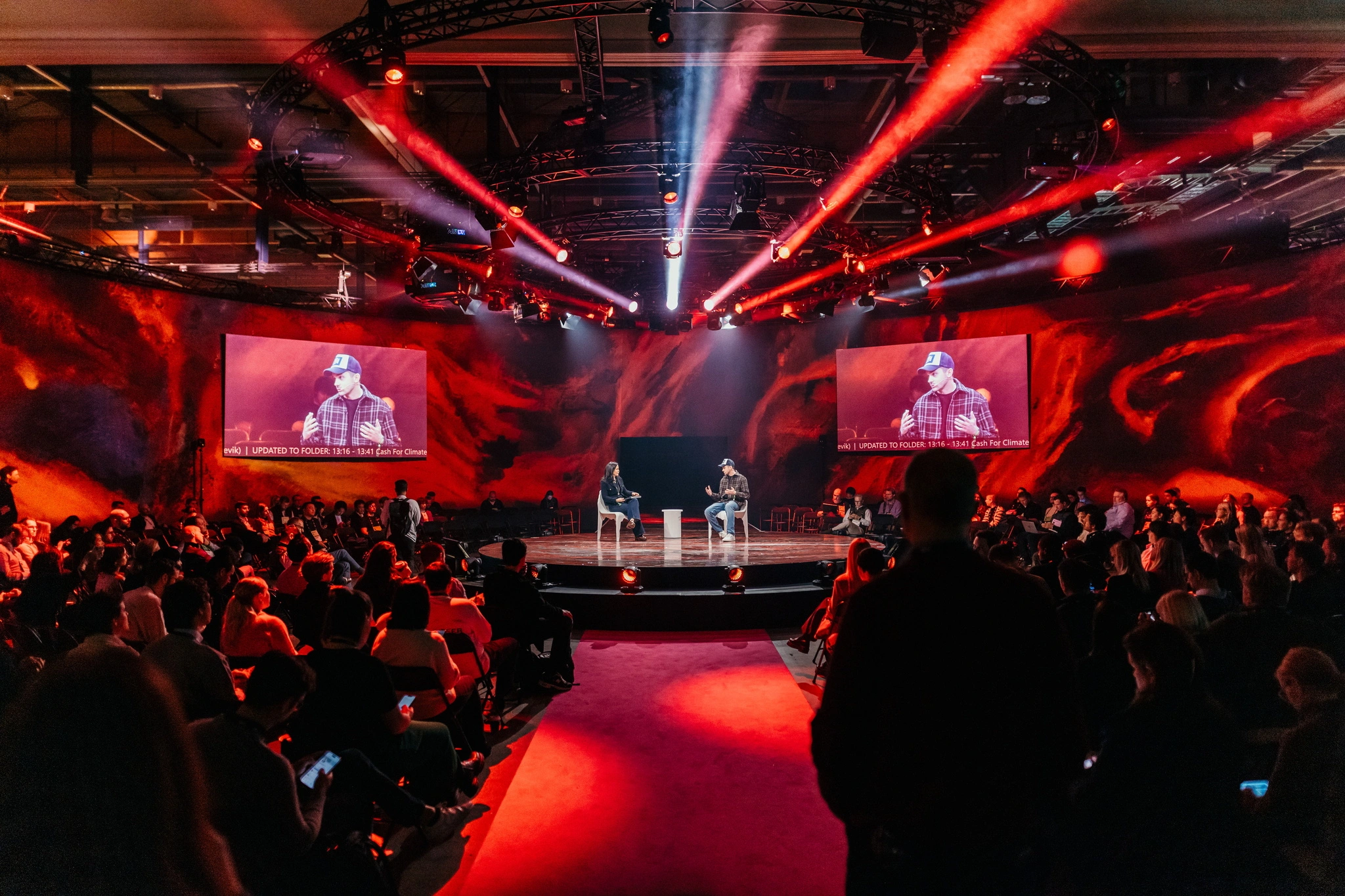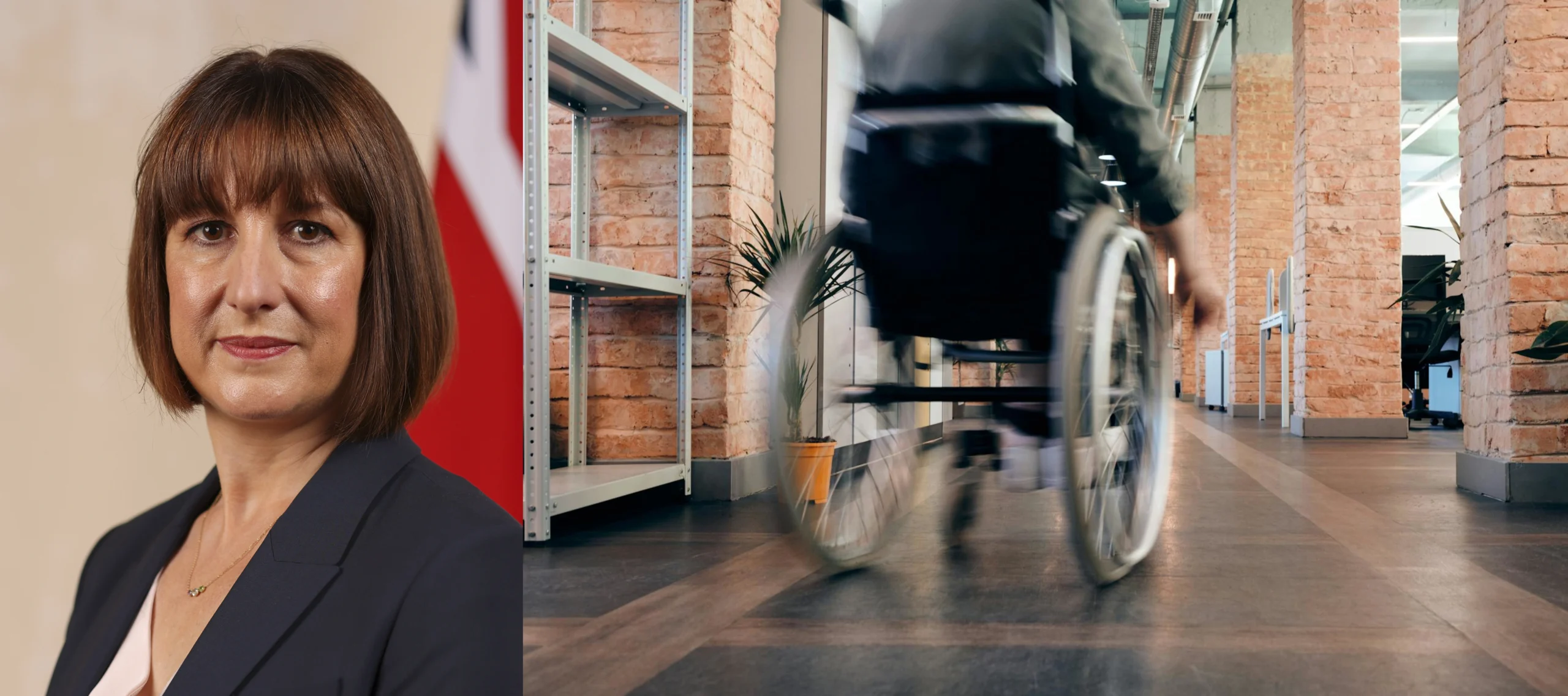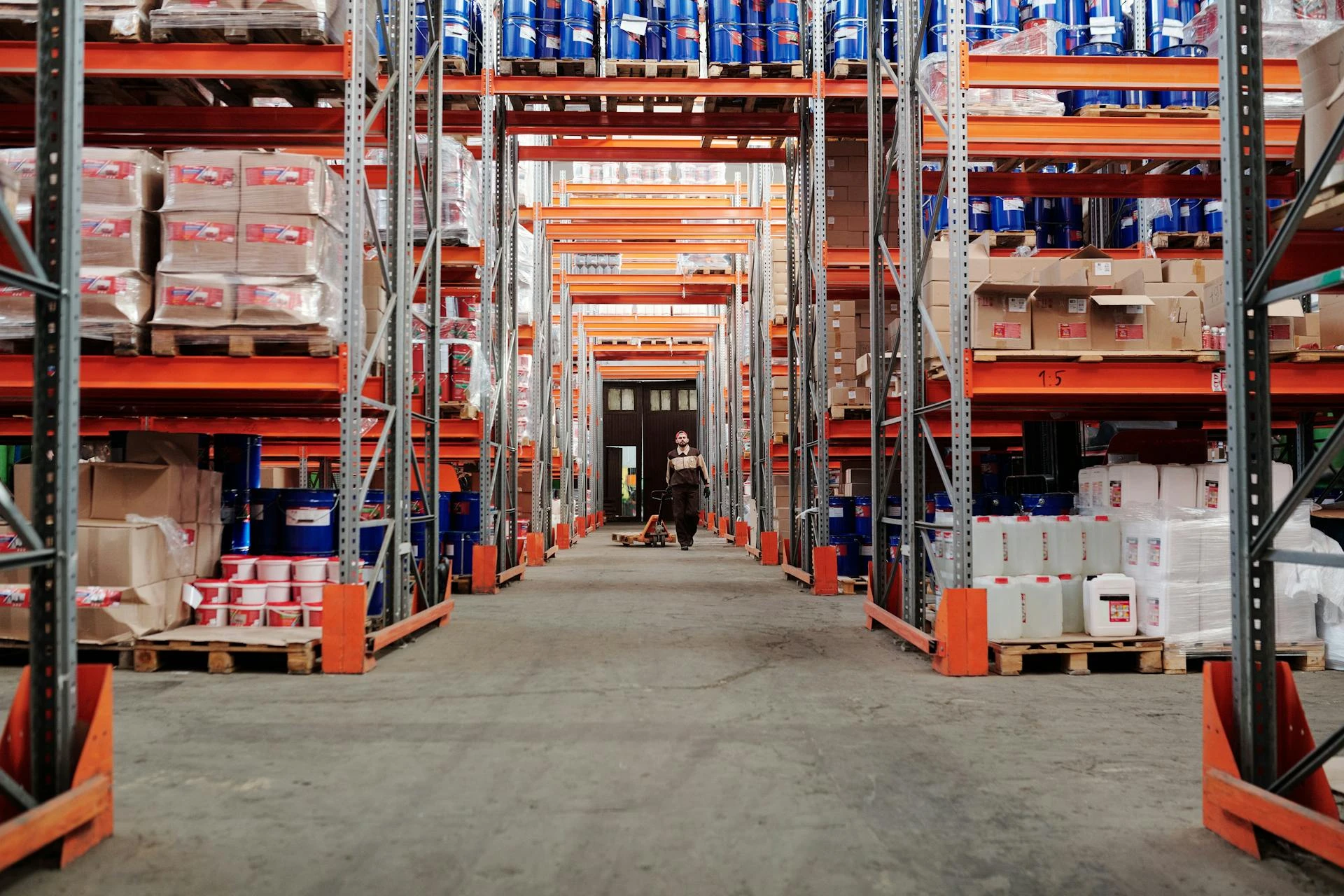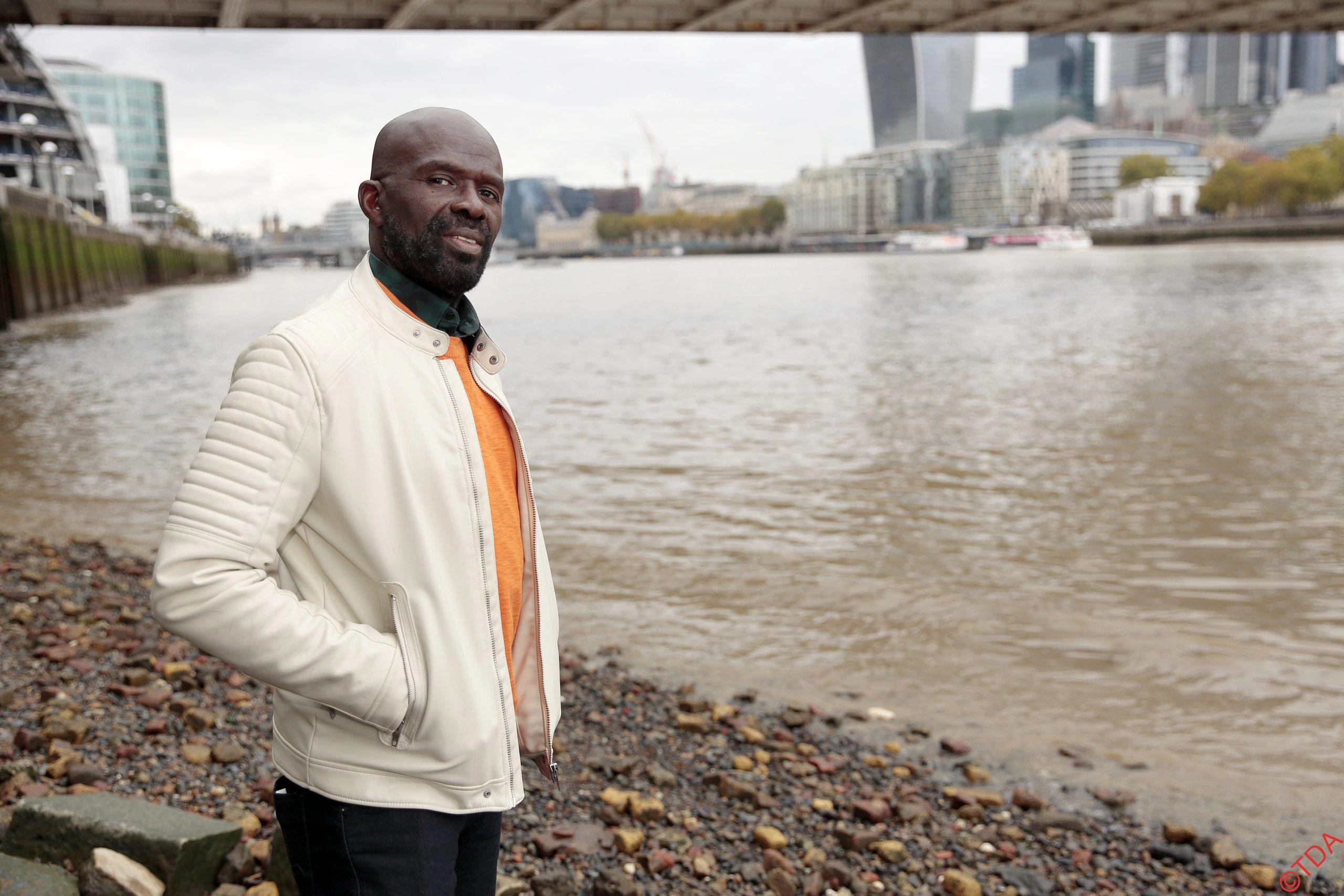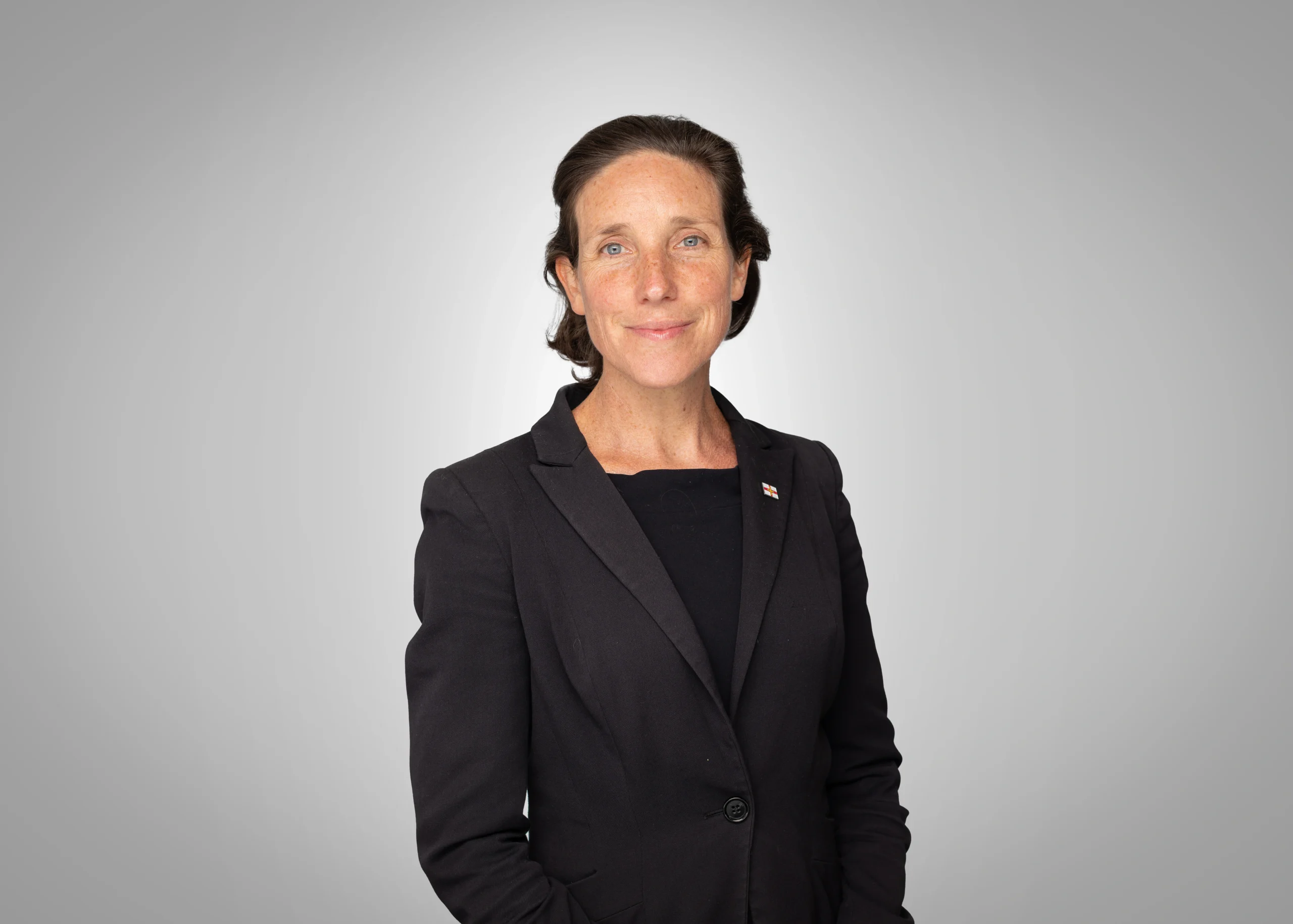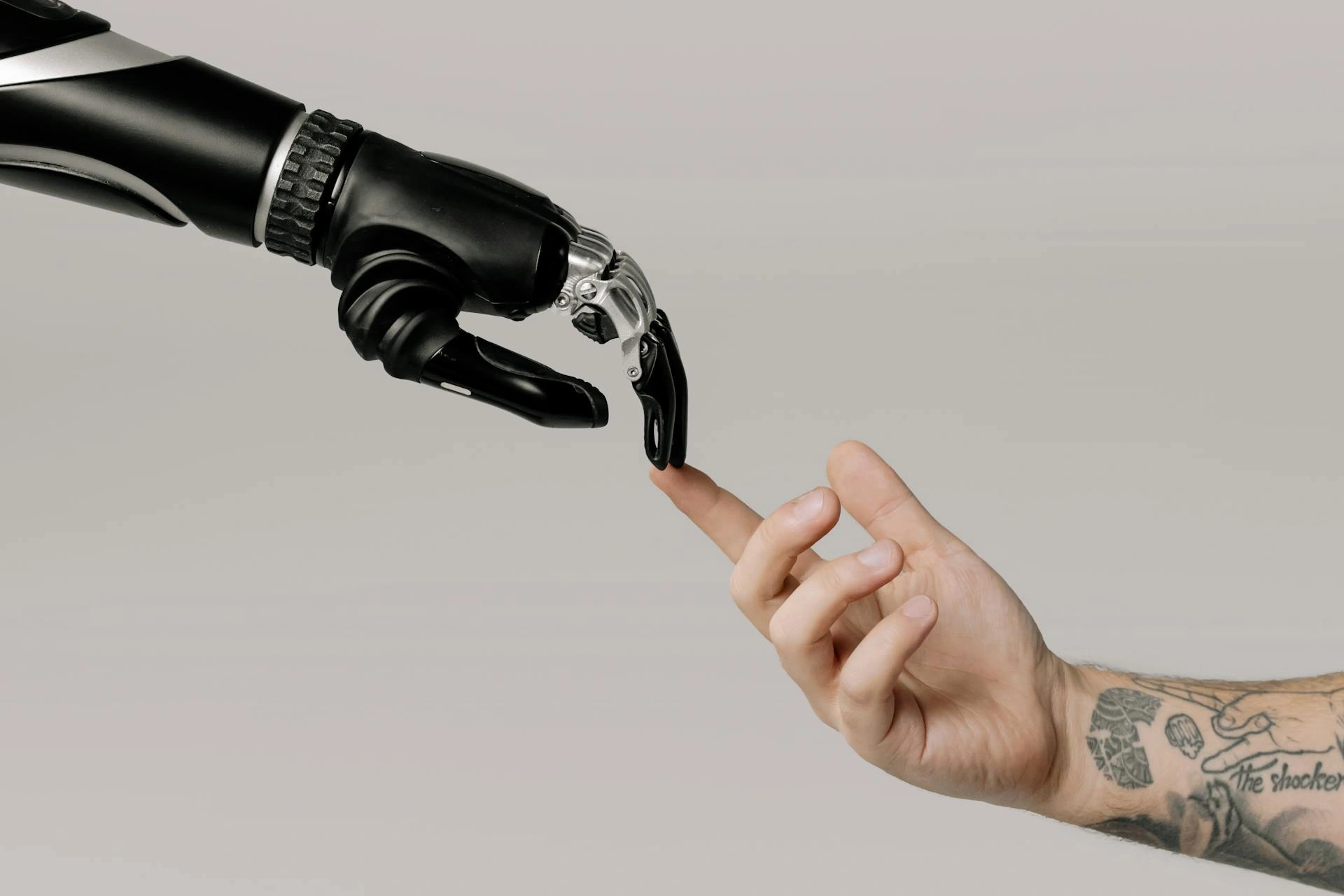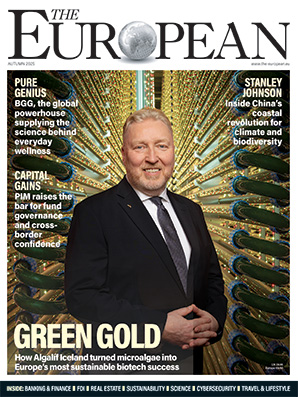Behind the non-food retail CX Benchmark: what the numbers tell us about Europe’s future

Urszula Kamburov-Niepewna
- Published
- Opinion & Analysis
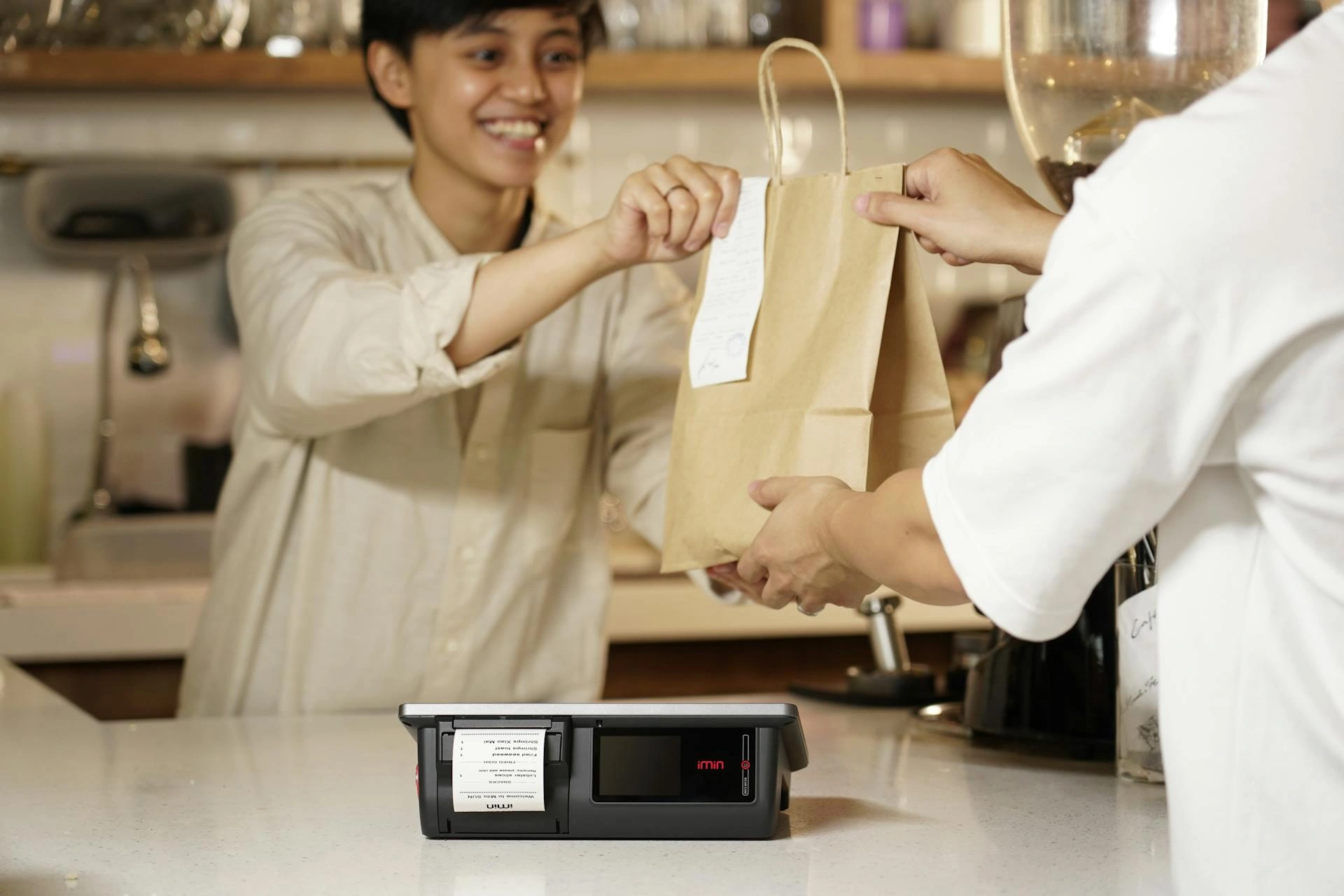
As Europe’s non-food retail sector expands at record pace, a new CustomerHero benchmark reveals that growth alone no longer guarantees loyalty. Marketing manager and customer insights expert Urszula Kamburov-Niepewna explains why the future of retail depends less on technology and price — and more on empathy, listening, and the small moments that make shopping feel human
I’ve spent most of my professional life trying to listen — really listen — to customers. Not through dashboards or survey charts, but by standing where they stand and in their shoes. I’ve seen the small frustrations that shape how people feel about brands: the shelf that’s empty just when they need something, the return desk that turns into a negotiation, the checkout queue that feels endless. That’s where the real story of customer experience happens, in moments too small for strategy decks, but big enough to decide whether someone comes back.
When you work in customer experience long enough, you start to notice patterns that repeat across industries. I’ve seen them in restaurants, in banks, in supermarkets. But recently, one sector caught my attention like no other: non-food retail. It’s fast-moving, hyper-competitive, and full of ambition. Stores are opening at record speed — in Poland alone, the six chains we studied launched 308 new locations in just two years. Yet behind that growth, I kept sensing something was missing.
It wasn’t that customers didn’t appreciate low prices or choice. They did. But the tone of their voices — in comments, reviews, and even the way they phrased complaints — told a more complex story. It made me wonder: Can retail grow faster than its ability to keep customers happy?
That question became the starting point for what would turn into the Non-Food Retail CX Benchmark by CustomerHero — a Europe-wide analysis of 1.2 million ratings and 400,000 customer comments across 27 countries. My colleague Marcin Racino led the data side and built the tool; I joined from the CX and marketing perspective, trying to translate what those numbers feel like in real life.
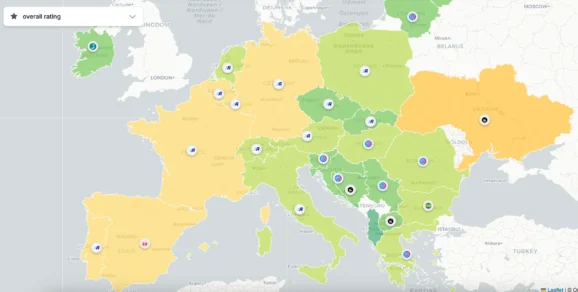
What surprised me most
When I started reading through the data, what struck me wasn’t something dramatic or hidden deep in analytics — it was how ordinary the biggest problems were. The frustrations customers talk about every day are the ones we could fix tomorrow if only we paid attention.
I kept seeing the same themes:
- Rigid store rules — especially around returns. People described feeling powerless, as if the process was designed to test their patience rather than solve their problem.
- Long queues that turn five-minute visits into twenty-minute chores.
- Empty shelves, especially during promotions, leaving customers wondering why they even came.
- Disorganised or inconsistent checkout experiences — the kind that turn a positive visit into a stressful one.
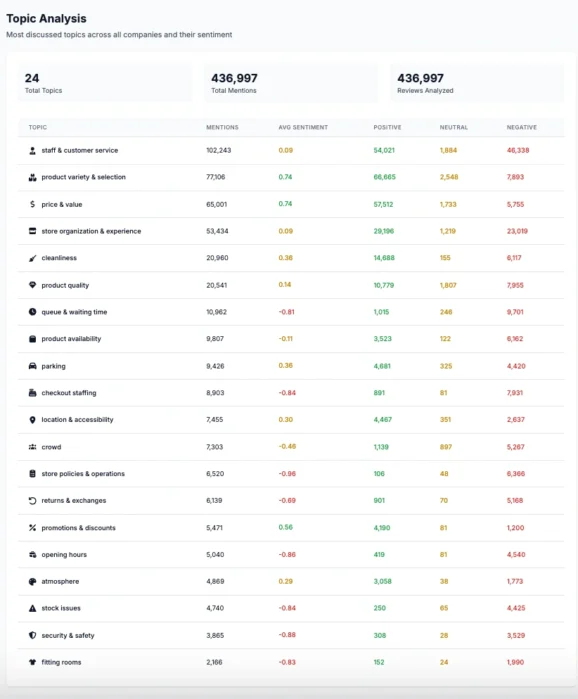
What surprised me most was how human some of these problems were. Not failures of technology or strategy — failures of empathy. The simplest moments, the ones companies tend to overlook because they seem “operational”, are exactly where loyalty is won or lost.
I remember thinking — we stopped asking the simplest question: what does this actually feel like for the customer?
As Marcin Racino from CustomerHero, who built the benchmark, said to me one day:
“The data shows where every brand has its weak spots, but it also shows something deeper — that experience isn’t about scale or market share. It’s about how easy you make someone’s day.”
What still works — and why it matters
Amid all the frustration, there was something deeply reassuring in what customers valued most. They still cared about the basics — low prices, choice, and order — but what moved them emotionally were things that felt human.
They talked about clean, well-organised stores that made shopping “peaceful”. About the staff who greeted them with warmth. About stores where they could actually find what they came for. When I saw Dealz praised for cleanliness, or Action for its variety, it reminded me that consistency is not boring — it’s comforting.
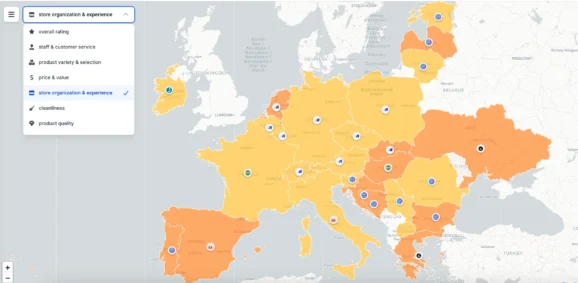
We tend to underestimate how powerful it is when something just works. The shelves are stocked. The cashier smiles. The return takes two minutes instead of ten. These aren’t innovations, but to the customer, they’re experiences that restore faith that someone on the other side cares.
And that’s the paradox: while retail keeps reinventing itself with apps, loyalty schemes, and AI assistants, what customers respond to most are the small signals that say, “You matter.”
A Mirror, Not a Metric
For me, this benchmark isn’t just a collection of numbers. It’s a mirror — one that shows where retailers are really standing in the eyes of their customers. When we started, I didn’t want another glossy report to circulate in inboxes. I wanted something alive — a way to see what people actually say, feel, and expect from the stores they visit every day.
As I looked through the results, I realised how much this kind of listening can change perspective. Suddenly, “satisfaction” stops being a metric and becomes a story. You start to see what happens when a shopper leaves the store angry after a bad return, or relieved because someone finally smiled at the checkout.
When I spoke with Marcin Racino, who led the analytical side of the project, he put it perfectly:
“Data at this scale doesn’t just show who’s winning. It shows who’s paying attention.”
That’s exactly it — listening in retail is no longer optional. It’s the only way to stay relevant.
What the results really mean for retail
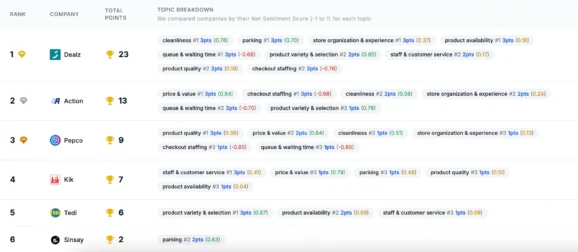
Price wars used to be the heart of retail. Whoever could sell cheaper, won. But as I read through hundreds of thousands of customer comments, it became clear that the real competition today is for attention and care. Shoppers still love a good deal, but what keeps them loyal is time saved, not wasted.
Every long queue, every empty shelf, every denied return is lost revenue, but it’s also something deeper: lost trust. We often say “CX drives profit”, but when you listen closely, you realise it’s simpler than that — satisfaction is profit.
Forrester once found that CX leaders in retail grow more than 25% faster than their competitors. When I see CustomerHero data, it’s not a surprise. What we call “customer experience” is just business done with empathy and consistency.
From my experience, the benchmark is only the beginning. It points to what needs fixing, but real change happens when brands connect all the dots — from reviews and surveys to complaints, social media, and even customer emails. Only then can they see the full story of what their customers are trying to tell them.
And after years of working with companies across sectors, I’ve learned one thing: once you start listening properly, you can’t unhear it. The insights might be uncomfortable, but they’re the most valuable feedback a business will ever get.
Final reflection
Europe’s non-food retail sector is growing fast, but growth alone won’t decide who wins. It won’t be the brands opening the most stores that stay ahead — it will be the ones that listen hardest and act fastest on what they hear.
That’s what we set out to understand with this project, and I hope the Non-Food Retail CX Benchmark helps more companies start that journey — not as another report to read, but as a reason to listen.
You can explore the full benchmark and see how retailers perform across Europe here: https://www.customerhero.com/benchmarks-and-insights/non-food-retail-cx-benchmark-europe-2025

Urszula Kamburov-Niepewna is Marketing Manager and Customer Insights & Benchmarks Expert at CustomerHero, where she leads projects that translate millions of data points into practical strategies for improving customer experience across Europe’s retail and service sectors. With a background in CX analytics and brand communication, she specialises in helping organisations understand what their customers value — and how small operational changes can build lasting loyalty.
READ MORE: ‘New ranking measures how Europe’s biggest retailers report on sustainability’. First CSR Retail Index finds Carrefour, Eroski and Jerónimo Martins out in front as EU tightens disclosure rules.
Do you have news to share or expertise to contribute? The European welcomes insights from business leaders and sector specialists. Get in touch with our editorial team to find out more.
Main image: iMin Technology/Pexels
Sign up to The European Newsletter
RECENT ARTICLES
-
 Britain is finally having its nuclear moment - and it’s about time
Britain is finally having its nuclear moment - and it’s about time -
 Forget ‘quality time’ — this is what children will actually remember
Forget ‘quality time’ — this is what children will actually remember -
 Shelf-made men: why publishing still favours the well-connected
Shelf-made men: why publishing still favours the well-connected -
 European investors with $4tn AUM set their sights on disrupting America’s tech dominance
European investors with $4tn AUM set their sights on disrupting America’s tech dominance -
 Rachel Reeves’ budget was sold as 'fair' — but disabled people will pay the price
Rachel Reeves’ budget was sold as 'fair' — but disabled people will pay the price -
 Billionaires are seizing control of human lifespan...and no one is regulating them
Billionaires are seizing control of human lifespan...and no one is regulating them -
 Africa’s overlooked advantage — and the funding gap that’s holding it back
Africa’s overlooked advantage — and the funding gap that’s holding it back -
 Will the EU’s new policy slow down the flow of cheap Chinese parcels?
Will the EU’s new policy slow down the flow of cheap Chinese parcels? -
 Why trust in everyday organisations is collapsing — and what can fix it
Why trust in everyday organisations is collapsing — and what can fix it -
 In defence of a consumer-led economy
In defence of a consumer-led economy -
 Why the $5B Trump–BBC fallout is the reckoning the British media has been dodging
Why the $5B Trump–BBC fallout is the reckoning the British media has been dodging -
 WPSL Group unveils £1billion blueprint to build a global golf ‘super-group’
WPSL Group unveils £1billion blueprint to build a global golf ‘super-group’ -
 Facebook’s job ads ruling opens a new era of accountability for artificial intelligence
Facebook’s job ads ruling opens a new era of accountability for artificial intelligence -
 Robots can’t care — and believing they can will break our health system
Robots can’t care — and believing they can will break our health system -
 The politics of taxation — and the price we’ll pay for it
The politics of taxation — and the price we’ll pay for it -
 Italy’s nuclear return marks a victory for reason over fear
Italy’s nuclear return marks a victory for reason over fear -
 The Mamdani experiment: can socialism really work in New York?
The Mamdani experiment: can socialism really work in New York? -
 Drowning in silence: why celebrity inaction can cost lives
Drowning in silence: why celebrity inaction can cost lives -
 The lost frontier: how America mislaid its moral compass
The lost frontier: how America mislaid its moral compass -
 Why the pursuit of fair taxation makes us poorer
Why the pursuit of fair taxation makes us poorer -
 In turbulent waters, trust is democracy’s anchor
In turbulent waters, trust is democracy’s anchor -
 The dodo delusion: why Colossal’s ‘de-extinction’ claims don’t fly
The dodo delusion: why Colossal’s ‘de-extinction’ claims don’t fly -
 Inside the child grooming scandal: one officer’s story of a system that couldn’t cope
Inside the child grooming scandal: one officer’s story of a system that couldn’t cope -
 How AI is teaching us to think like machines
How AI is teaching us to think like machines -
 The Britain I returned to was unrecognisable — and better for It
The Britain I returned to was unrecognisable — and better for It




